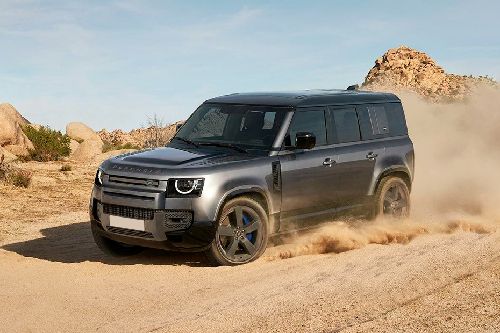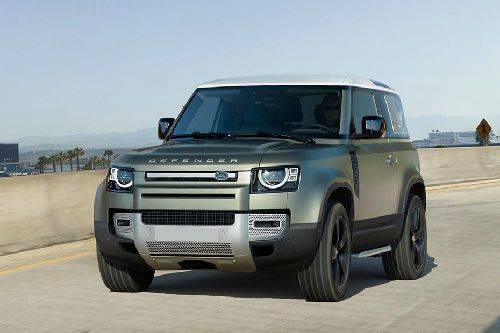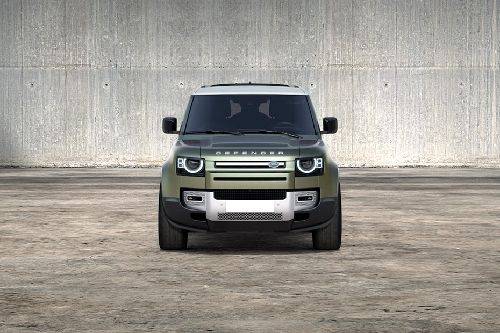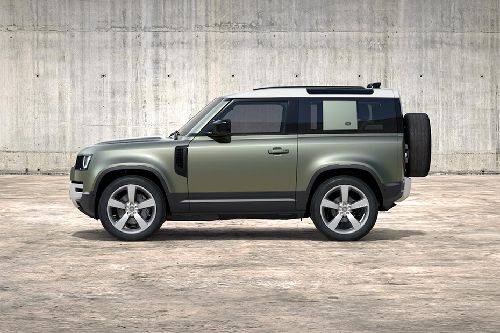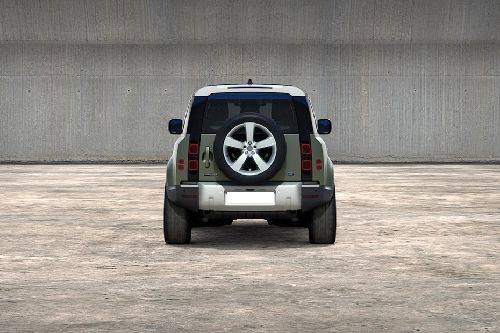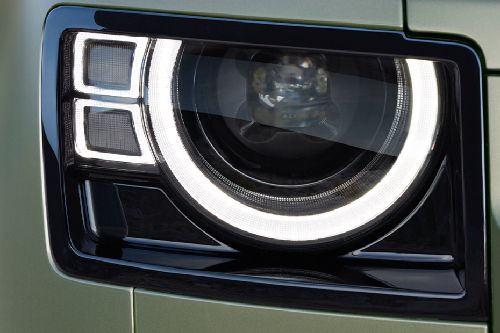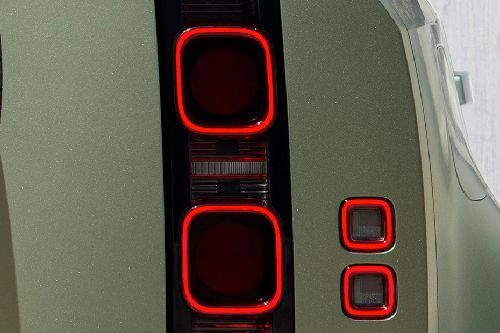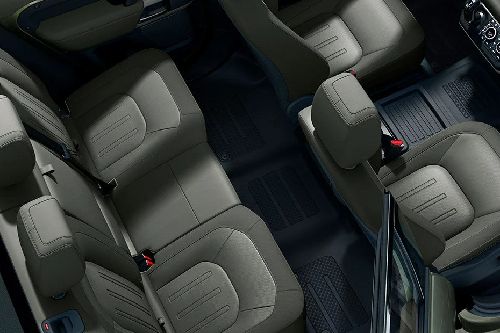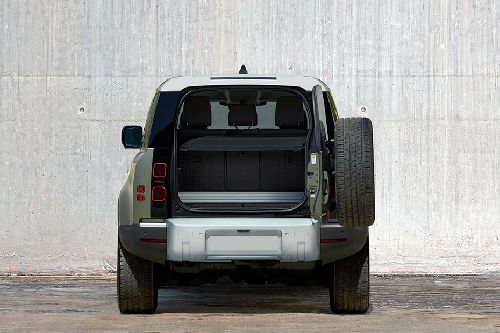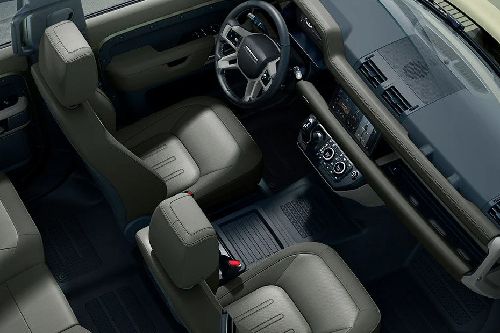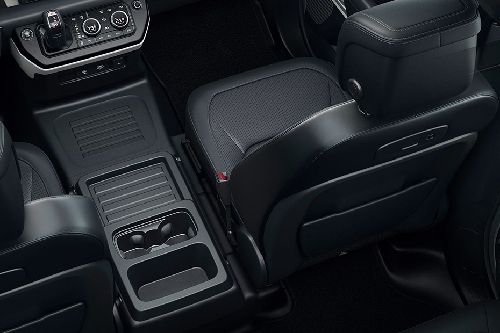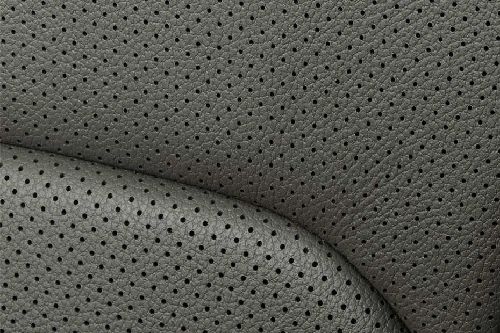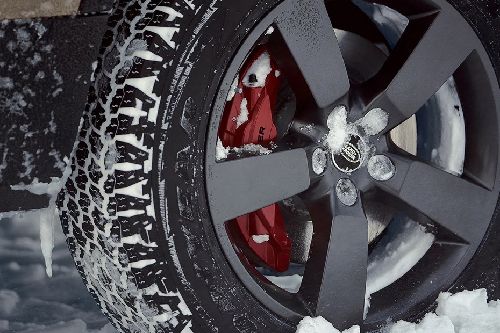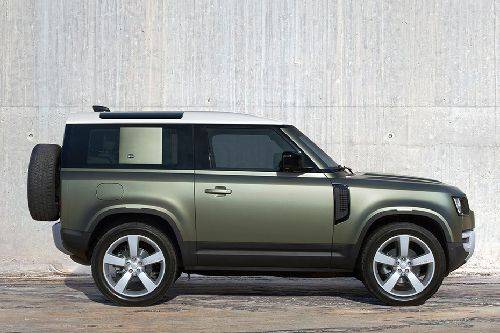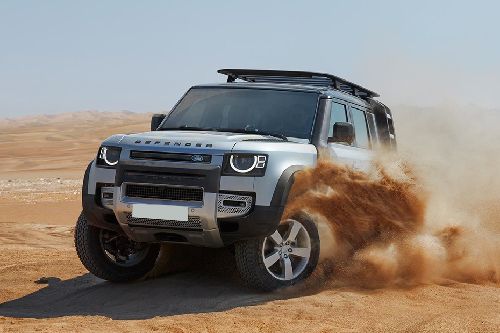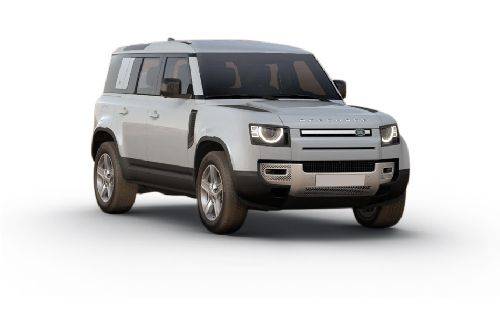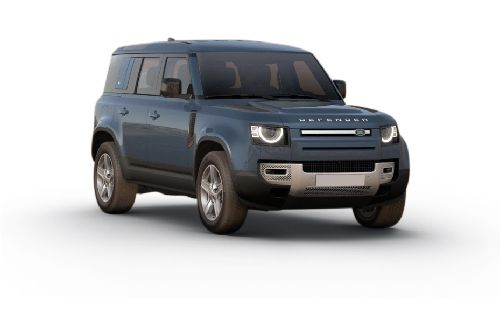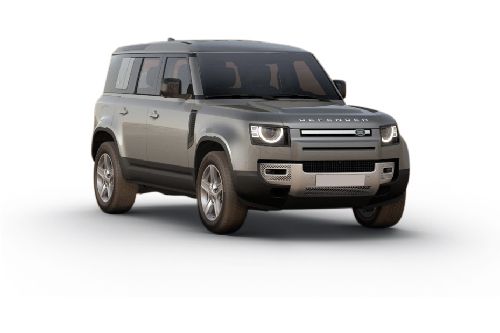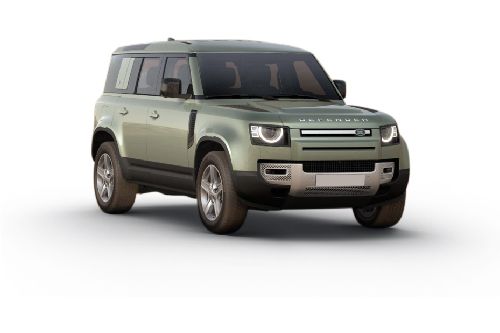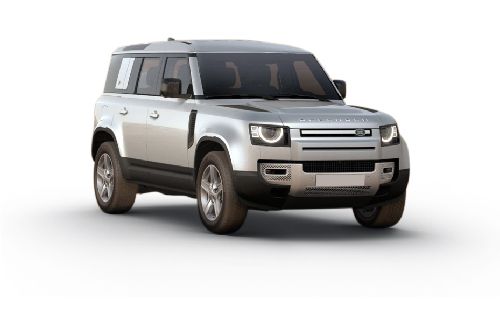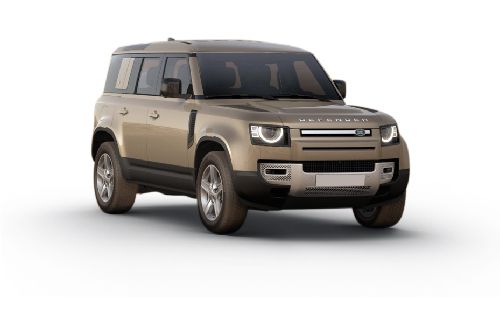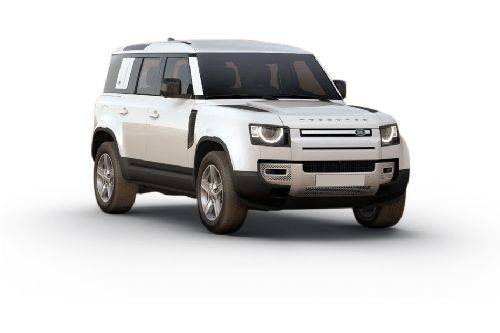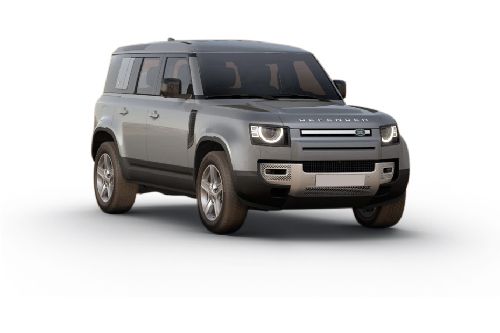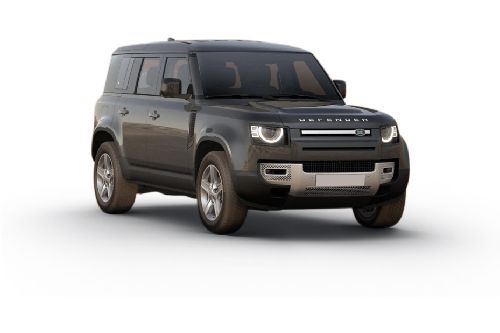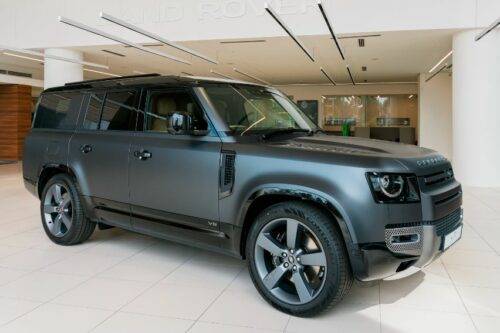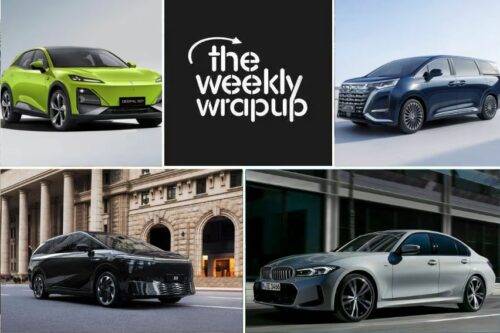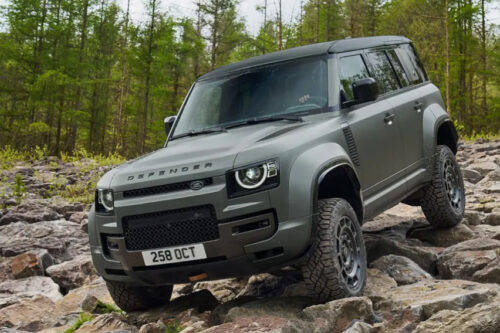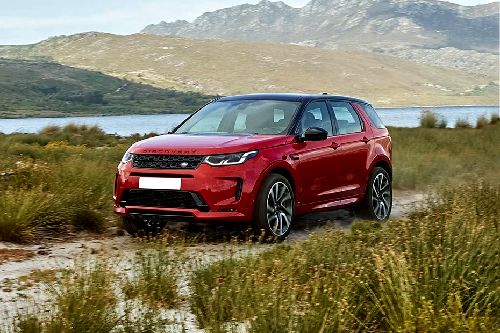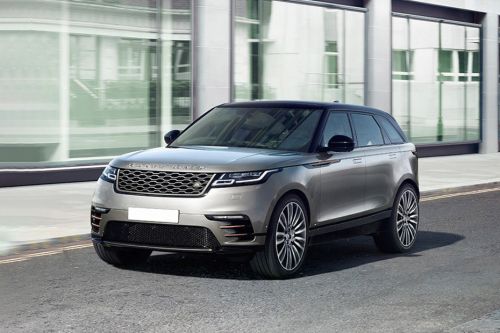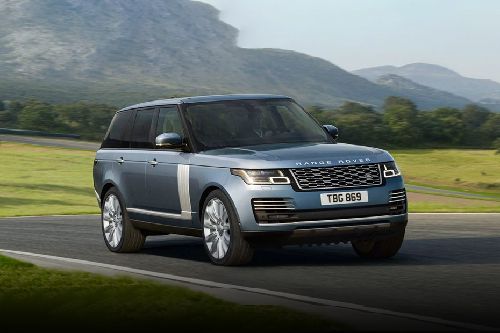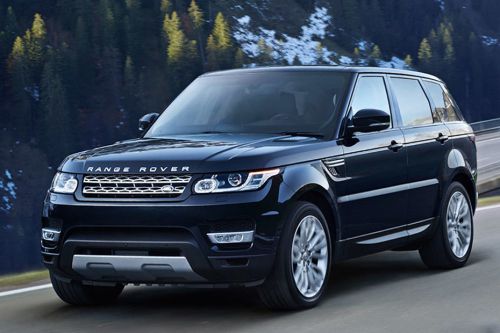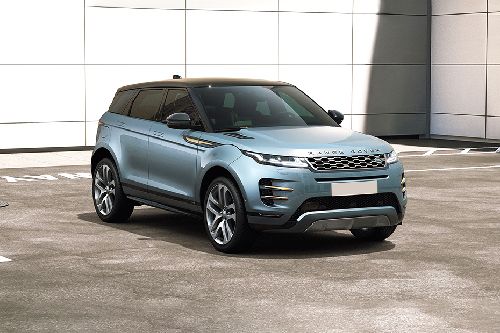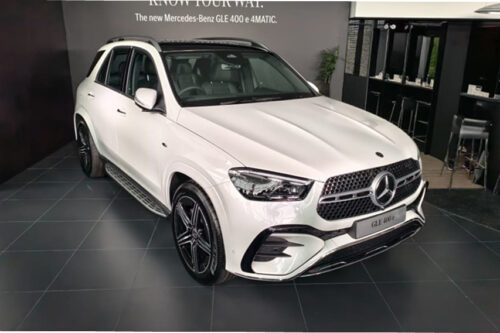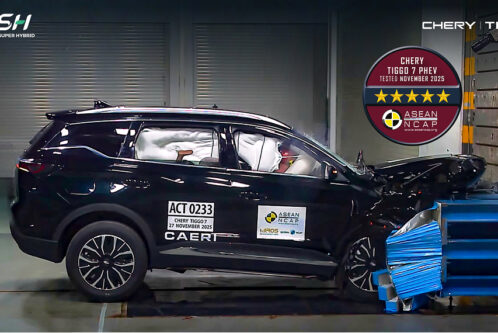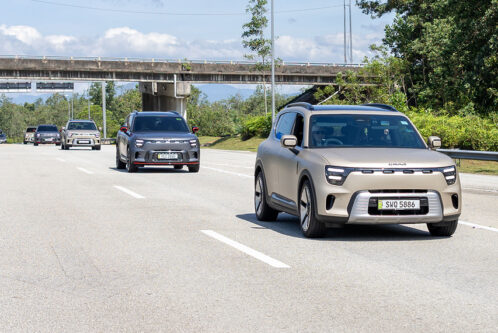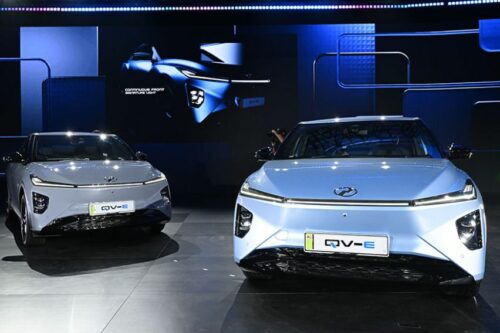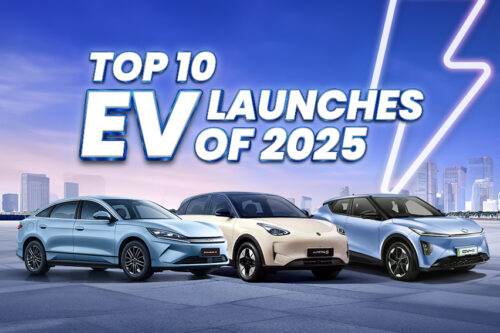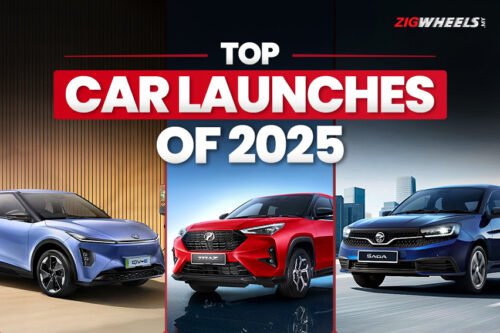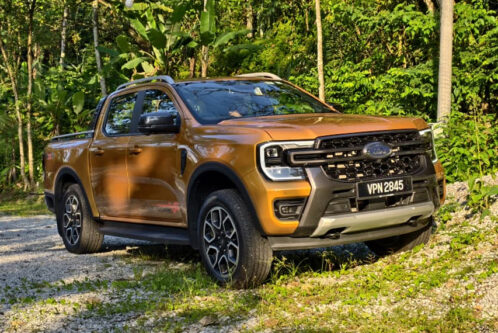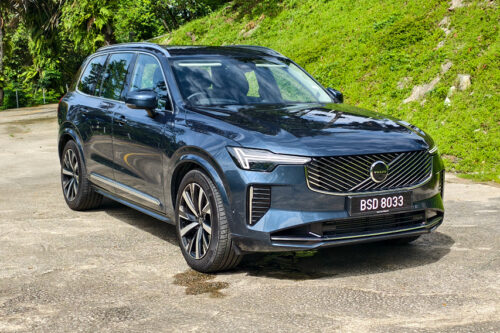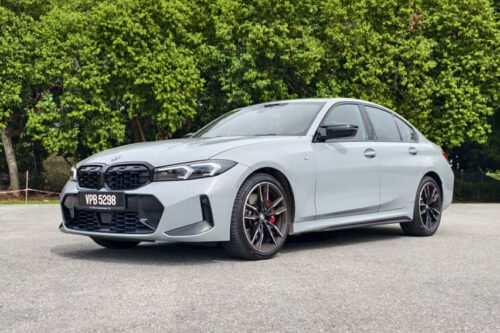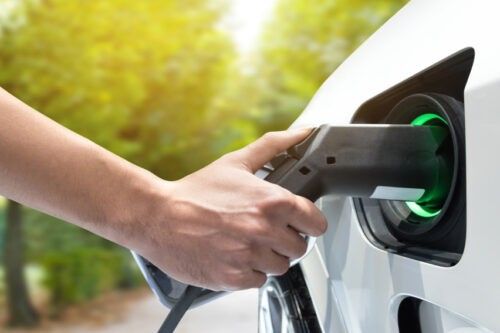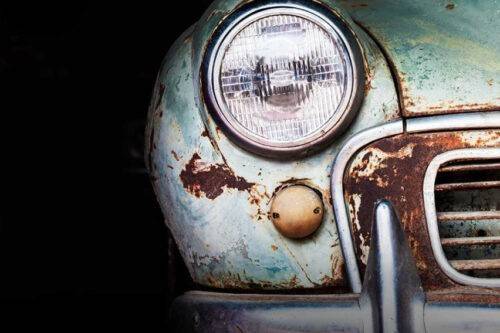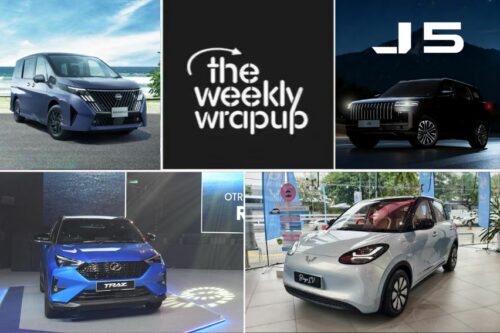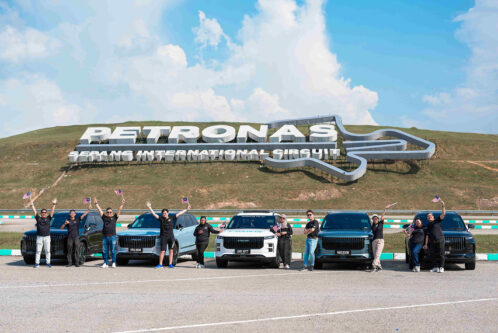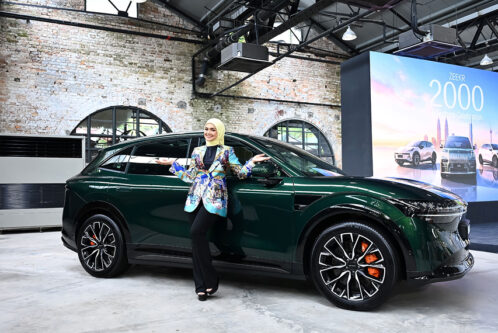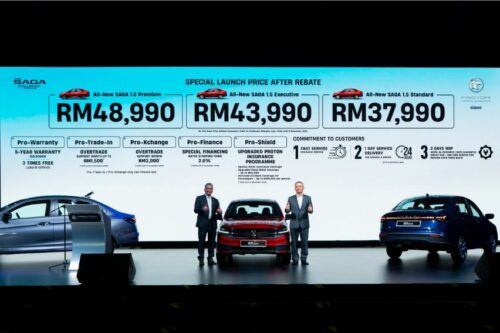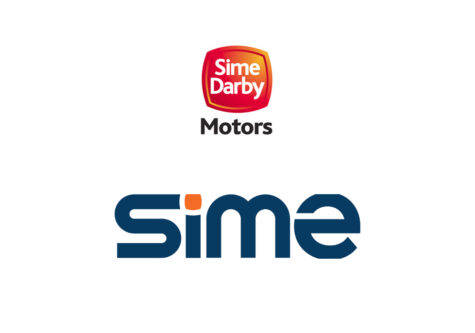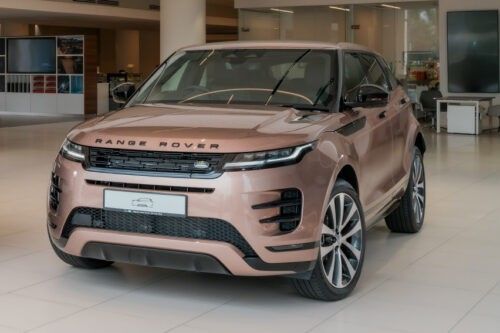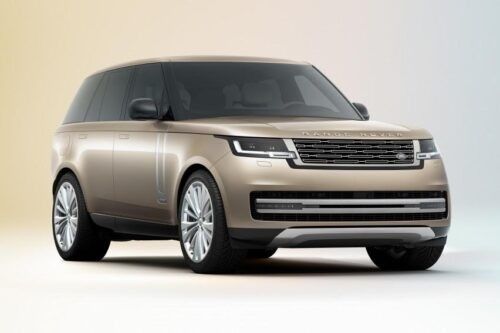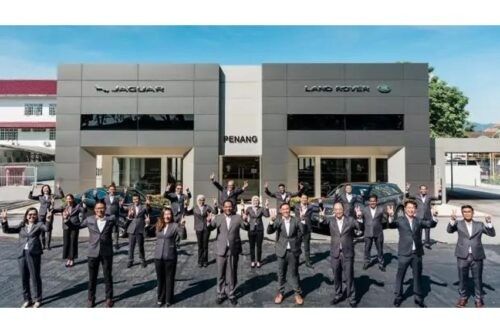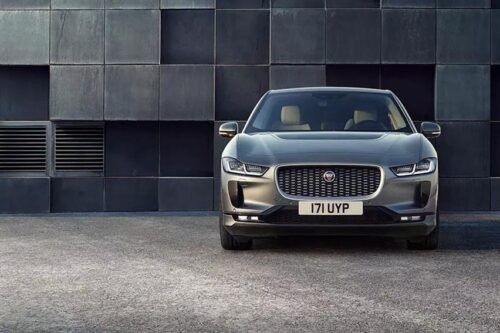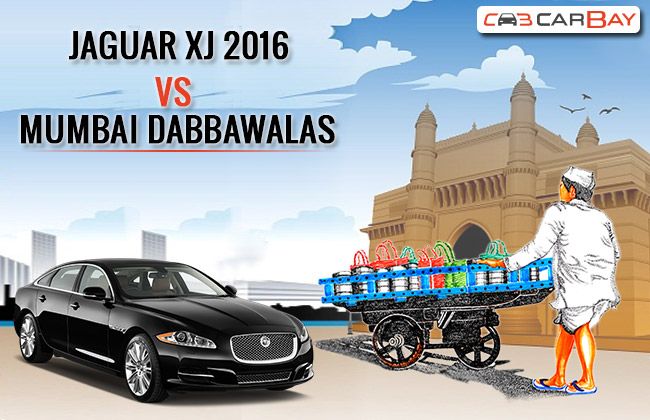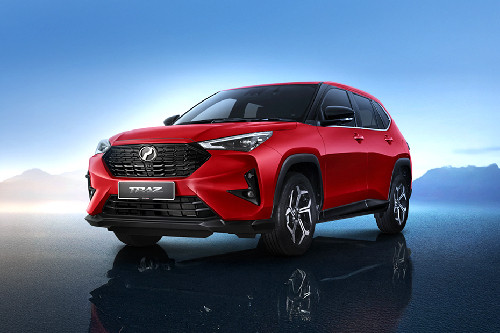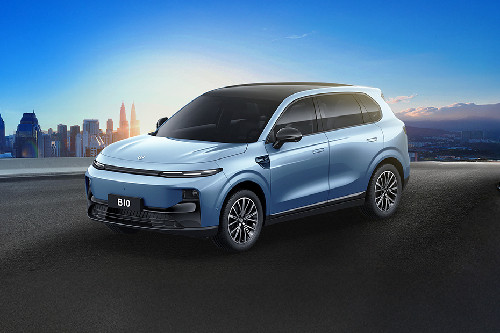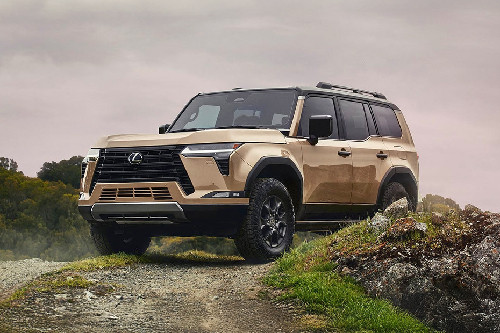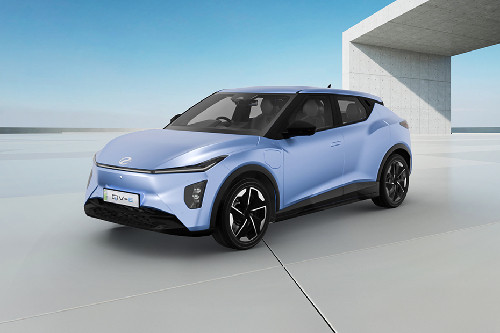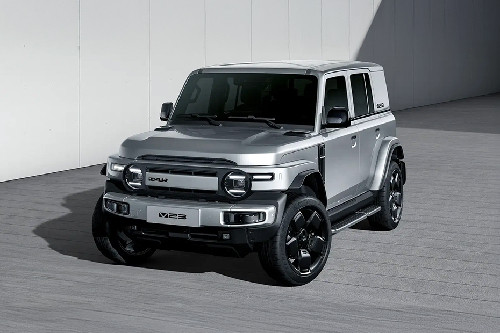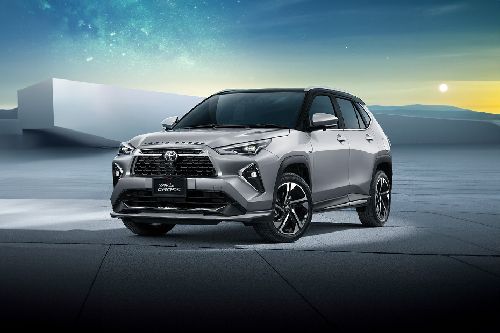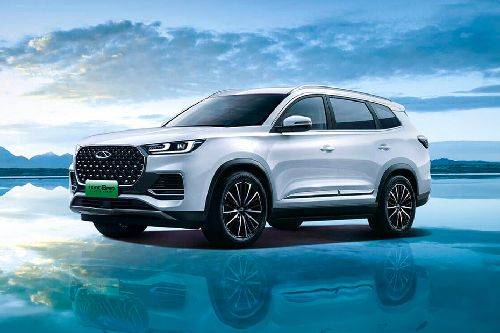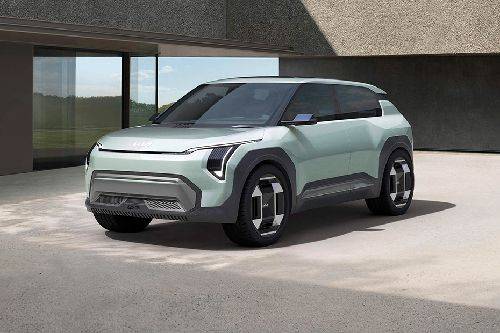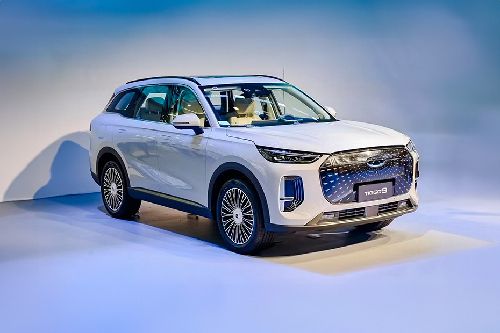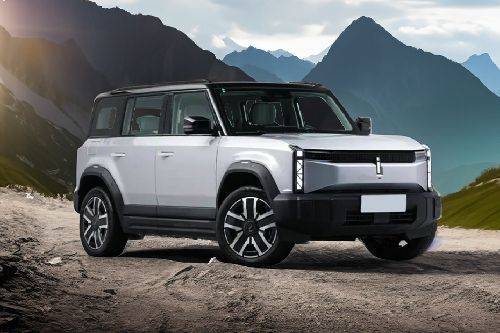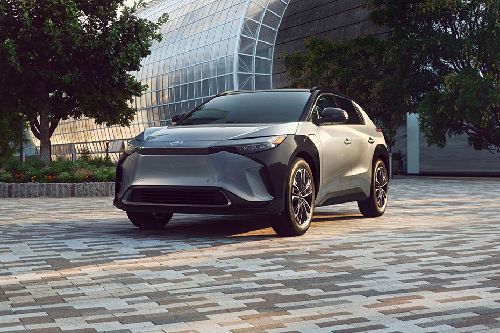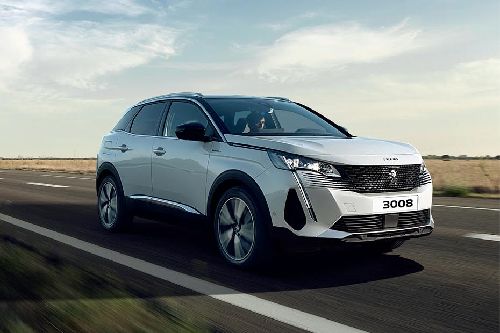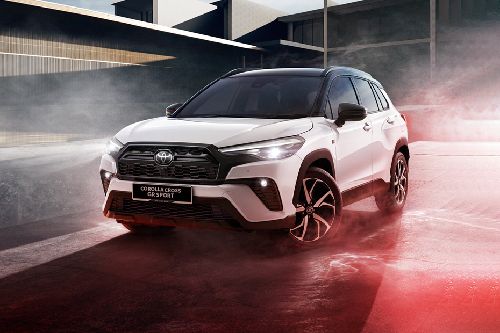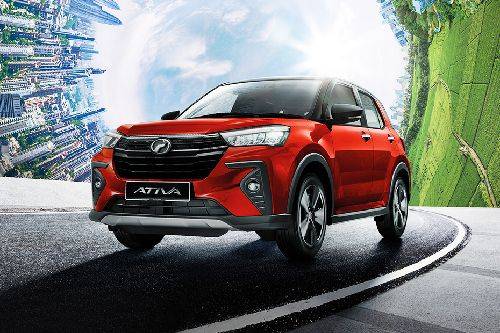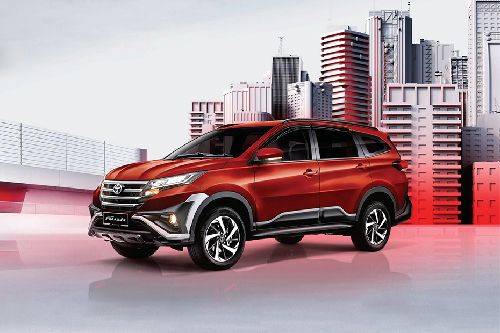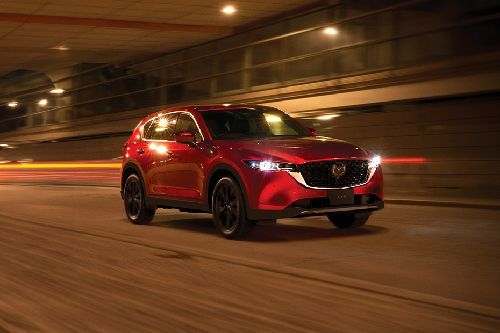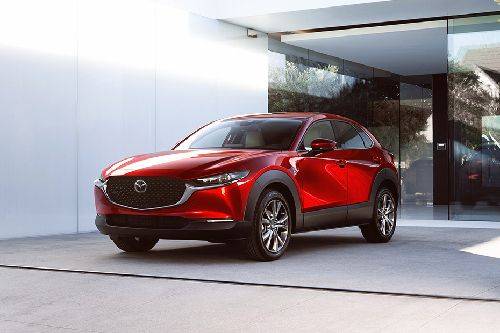Hydrogen-powered Land Rover Defender SUV in the works

KUALA LUMPUR: Earlier this year, Jaguar Land Rover announced its Reimagine strategy that sets a target of achieving zero tailpipe emissions by 2036, and net-zero carbon emissions across its products, supply chain, and operations by 2039. As a part of that, Land Rover is developing a prototype hydrogen fuel cell electric vehicle (FCEV) based on the new Defender that will undergo testing towards the end of 2021 in the UK
Before getting into the details, let’s first know, What is a fuel cell electric vehicle? The vehicle which uses a fuel cell to power its onboard motor is called an FCEV. The fuel cells generally use compressed hydrogen and oxygen from the air and generate electricity.

According to the company, the FCEVs are complementary to battery electric vehicles (BEVs) on its journey to get net-zero vehicle emissions. These provide high energy density and rapid refuelling with minimal loss of range in less temperatures. This makes the technology perfect for vehicles that have a longer range and the ones which operate in hot or cold environments.
Looking at the development, the total number of fuel cell-powered vehicles in the world has doubled since 2018. Also, the hydrogen refuelling stations have increased by approx. 20% in the same timeframe. As per the industry forecast, the total number could top 10 million with 10,000 refuelling stations worldwide by 2030.

Coming back to the Land Rover Defender FCEV, the company is developing it under an advanced engineering project, called Project Zeus. It is partly funded by the UK government-backed Advanced Propulsion Center. This allows JLR engineers to comprehend the technology and make it optimized as per the customers’ expectations related to range, refuelling, towing, and off-roading.
For Project Zeus, JLR also collaborated with some R&D partners, viz Delta Motorsport, AVL, Marelli Automotive Systems, and the UK Battery Industrialization Center.
Ralph Clague, Head of Hydrogen and Fuel Cells, Jaguar Land Rover said, “We know hydrogen has a role to play in the future powertrain mix across the whole transport industry, and alongside battery electric vehicles, it offers another zero tailpipe emission solution for the specific capabilities and requirements of Jaguar Land Rover’s world-class line-up of vehicles. The work done alongside our partners in Project Zeus will help us on our journey to become a net-zero carbon business by 2039, as we prepare for the next generation of zero tailpipe emissions vehicles.”
Also read: Jaguar Land Rover Malaysia grabs the 2020/21 Retailer Award
-
Explore Land Rover Defender
Land Rover Defender Related Stories
- News
- Featured Stories
Land Rover Car Models
Don't Miss
Malaysia Autoshow
Trending & Fresh Updates
- Latest
- Popular
You might also be interested in
- News
- Featured Stories
Land Rover Featured Cars
- Latest
- Popular
Compare & Recommended
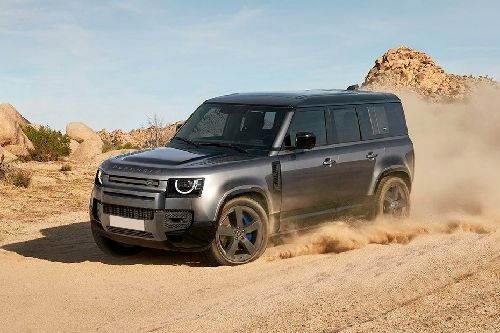
|
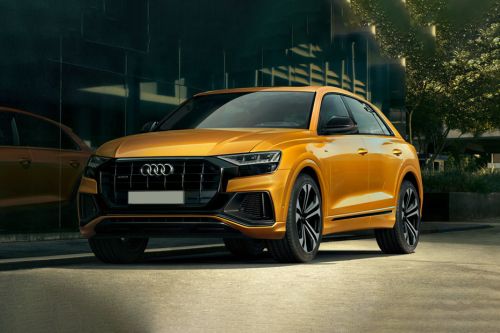
|
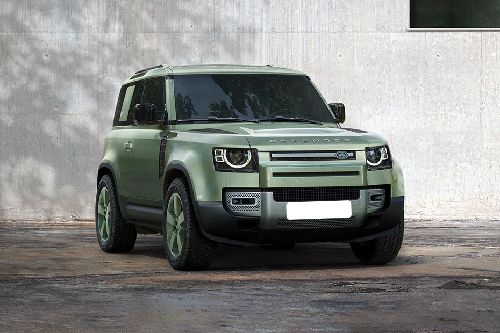
|
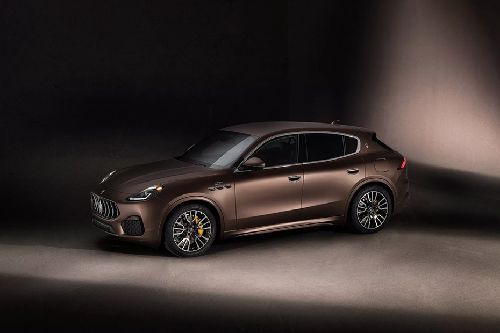
|

|
|
Seating Capacity
5
|
5
|
5
|
5
|
5
|
|
Engine
4999
|
2995
|
2998
|
1995
|
-
|
|
Power
518
|
340
|
395
|
300
|
605
|
|
Transmission Type
Automatic
|
Automatic
|
Automatic
|
Automatic
|
Automatic
|
|
|
Trending SUV
- Latest
- Upcoming
- Popular

